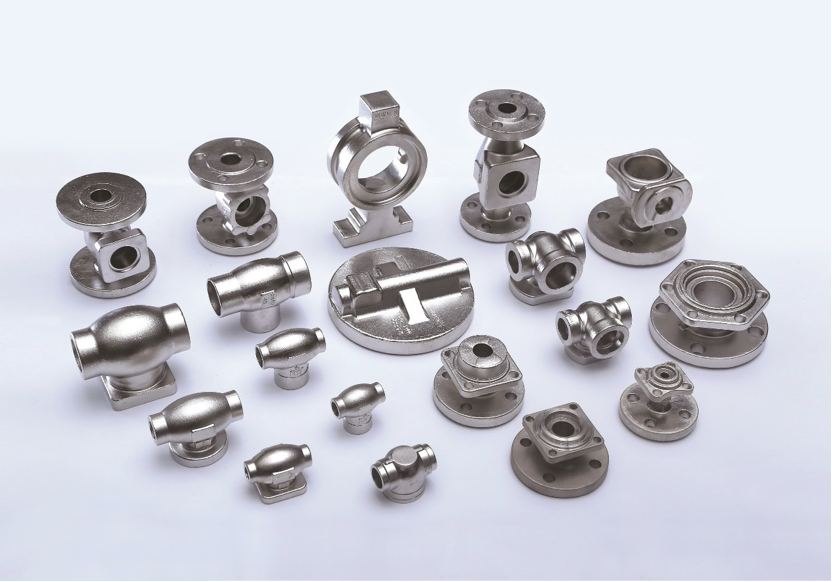











Learn how our manufacturing processes allow us to deliver various products for our customers.
Learn how our manufacturing processes allow us to deliver various products for our customers.
Learn how our manufacturing processes allow us to deliver various products for our customers.
We work with world-class brands in a variety of industries to bring their visions to life through style, performance and protection.
COMPANY

2021-10-12
Solution treatment refers to the heat treatment process in which the alloy is heated to the high temperature single-phase zone and maintained at a constant temperature, so that the excess phase is fully dissolved into the solid solution and then cooled quickly to obtain the supersaturated solid solution. It is generally used for castings.
Heating temperature, holding time and cooling rate are the main parameters that should be controlled in solution treatment.
1. In principle, the heating temperature can be determined according to the corresponding phase diagram. The upper limit temperature is usually close to the solid line temperature or eutectic temperature. At such a high temperature, the alloy has the maximum solid solubility and fast diffusion rate. But the temperature should not be too high, otherwise it will lead to low melting point eutectic and grain boundary phase melting, that is, over-burning phenomenon, causing quenching cracking and reducing toughness. The minimum heating temperature should be higher than the solution curve, otherwise the performance will not meet the requirements after aging. The range of permissible heating temperatures may vary widely from alloy to alloy. The heating temperature range of some copper alloys and alloy steels is wide, while the quenching temperature range of most aluminum alloys is very narrow, some even only ±5℃.
2. The purpose of heat preservation is to sufficiently transform the alloy structure to the state required for quenching. The holding time mainly depends on the alloy composition, the material pretreatment and original structure, heating temperature and so on, but also with the amount of furnace, workpiece thickness, heating method and other factors. The original structure is fine, the heating temperature is high, the loading quantity is small, the workpiece section size is small, the holding time is short.
3. Rapid cooling is generally used in solution treatment. The purpose of rapid cooling is to inhibit the precipitation of the second phase during the cooling process and ensure the maximum supersaturation of solute atoms and vacancies, so as to obtain the highest strength and best corrosion resistance after aging. Water is widely used as an effective quenching medium, and the cooling speed achieved by quenching in water can meet the requirements of most aluminum, magnesium, copper, nickel and iron based alloy products. However, quenching in water can easily cause large residual stress and deformation. To overcome this shortcoming, the water temperature can be appropriately raised, or quenched in oil, air and some special organic media. Some special quenching methods, such as isothermal quenching and fractional quenching, can also be used.
